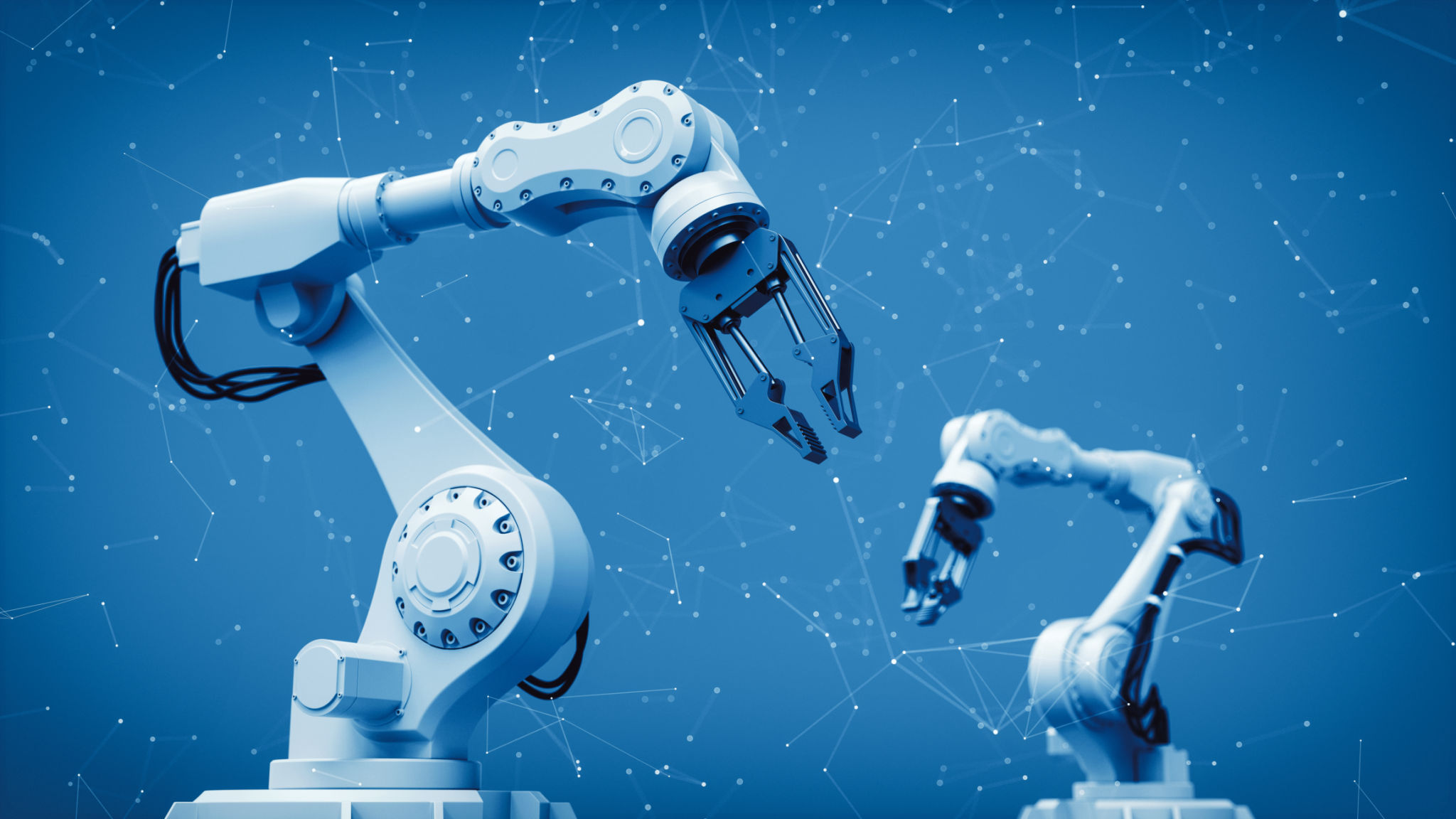Common Misconceptions About Robotics Technology: What Everse Wants You to Know
Understanding Robotics: Dispelling Common Myths
As robotics technology continues to evolve, it brings with it a wave of misconceptions that can lead to misunderstanding and, at times, unwarranted fear. Everse, a leader in the field of robotics, aims to clarify these common misconceptions and provide a clearer picture of what robotics truly entails.

Robots Will Replace Human Jobs
One of the most prevalent myths is that robots will completely replace human workers. While it's true that automation can handle repetitive tasks, the reality is that robots are more likely to complement human efforts than replace them. They are designed to take on tasks that are dangerous or tedious, allowing humans to focus on jobs that require creativity and complex problem-solving.
Additionally, the rise of robotics technology has created new job opportunities in fields such as programming, maintenance, and robotics engineering. These roles demand skilled human workers who can design, manage, and improve robotic systems.
Robots Are Too Expensive for Small Businesses
Another common misconception is that only large corporations can afford to implement robotics technology. In truth, advancements in technology have made robots more accessible and affordable for businesses of all sizes. Small businesses can benefit from automation in various ways, including increased productivity and efficiency.
Furthermore, there are scalable robotic solutions tailored to different industries and business needs. This means small businesses can gradually integrate robotics into their operations without overwhelming their budgets.

Robots Lack Flexibility
Many people assume that robots are rigid and unable to adapt to new tasks. However, modern robotics is characterized by remarkable flexibility. Robots can be reprogrammed to handle different tasks, and many are equipped with machine learning capabilities that allow them to improve their performance over time.
This adaptability makes robots valuable assets in dynamic environments where change is constant. They can quickly adjust to new processes or workflows, providing businesses with a competitive edge.

Robots Are a Threat to Humanity
The portrayal of robots as threats in science fiction has fueled the idea that they may one day become a danger to humanity. In reality, robots are designed with specific safety features and guidelines to ensure they operate safely alongside humans.
Everse emphasizes the importance of ethical considerations in robotics development. By adhering to strict safety standards and ethical guidelines, the risk associated with robotics technology is minimized, ensuring a harmonious coexistence between humans and machines.
The Future of Robotics Is Already Here
With rapid advancements in technology, many believe that the future portrayed in movies with humanoid robots walking among us is just around the corner. While significant progress has been made, there is still much work to be done before such scenarios become commonplace.
Current robotics applications are mostly task-specific and designed to enhance existing processes rather than replace human interaction entirely. As research continues, we can expect even more innovative developments that will further integrate robotics into our daily lives.
In conclusion, understanding the true nature of robotics technology is crucial for embracing its potential benefits. By dispelling these common myths, Everse hopes to foster a more informed and positive outlook on the role of robots in our world.